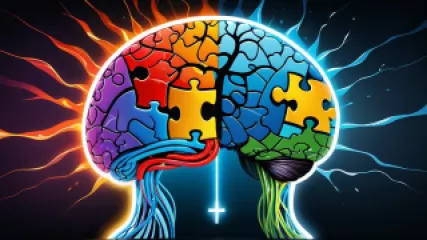Learning Psychology Fundamentals Through Popular Books and Movies
1 year ago
Psychology Fundamentals
How to Overcome Creative Blocks: 7 Proven Strategies
1 year ago
Overcoming Creative Blocks
Why Taking a Mental Health Break is Crucial for Well-Being
1 year ago
Mental Health Break Importance
Virtual Counseling for Mindfulness: Research Findings
1 year ago
Counseling Services
The Ultimate Guide to Mindful Listening: Unlock the Benefits for Personal Growth
1 year ago
Mindful Listening Benefits
Unlocking Creative Intelligence: Lessons from "Inception"
1 year ago
Intelligence Theories
What Are the Advantages of Volunteering?
1 year ago
Volunteering Benefits
Lessons from 'The Shawshank Redemption' to Overcome Disappointment
1 year ago
Dealing with Disappointment
How Online Therapy Helped Me Master Time Management
1 year ago
Psychology of Time Management
Overcoming Setbacks: A Conversation on Cultivating a Positive Mindset After Failure
1 year ago
Finding Motivation After Failure
Embracing Setbacks: A Path to Renewed Motivation
1 year ago
Finding Motivation After Failure
Top 10 Effective Creative Block Solutions
1 year ago
Overcoming Creative Blocks
How to Choose Colors for a Peaceful Home
1 year ago
Psychology of Color in Interiors
Exploring the Advantages of Volunteer Work
1 year ago
Volunteering Benefits















